Japan 2018
This morning, Sunday September 30, we arrived in Otaru. It is a port city on Hokkaido and lies northwest of Sapporo, the capital. The population is about 121,000 and is known for glassworks, music boxes and sake distilleries. There is a former fish processing plant here built in 1897. We wandered through the converted old warehouses that now house shops and cafes. Then we decided to take the half hour train trip into Sapporo, the capital of Hokkaido. This is famous for the magnificent ice sculptures in the heart of winter when people from around the world visit. We enjoyed our scenic journey and arrived at Sapporo railway station.
From Day 25 - To Otaru
September 30, 2018
|
Otaru, Japan
This morning, Sunday September 30, we arrived in Otaru. It is a port city on Hokkaido and lies northwest of Sapporo, the capital. The population is about 121,000 and is known for glassworks, music boxes and sake distilleries. There is a former fish processing plant here built in 1897. We wandered through the converted old warehouses that now house shops and cafes. Then we decided to take the half hour train trip into Sapporo, the capital of Hokkaido. This is famous for the magnificent ice sculptures in the heart of winter when people from around the world visit. We enjoyed our scenic journey and arrived at Sapporo railway station.
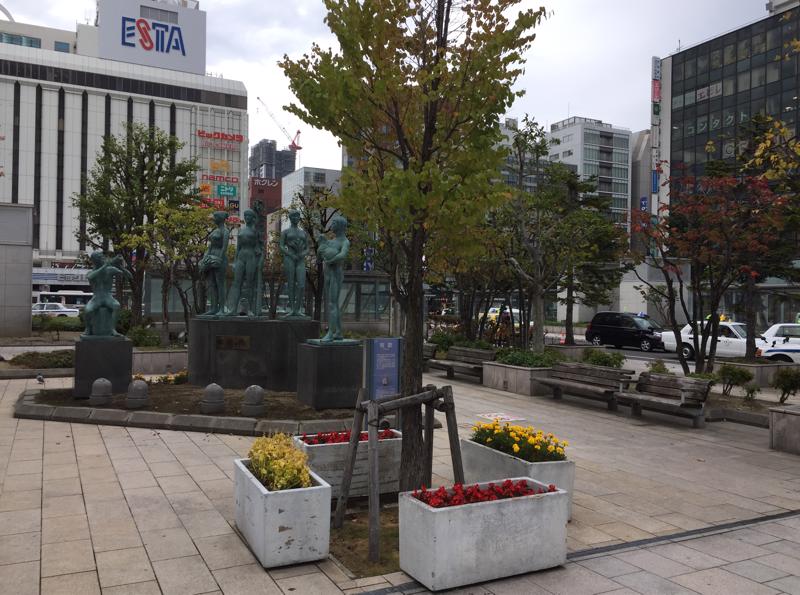
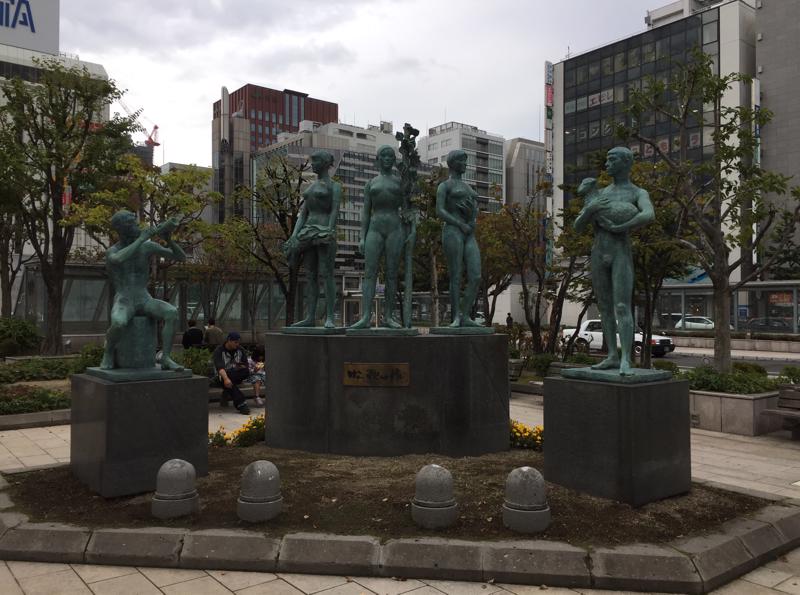
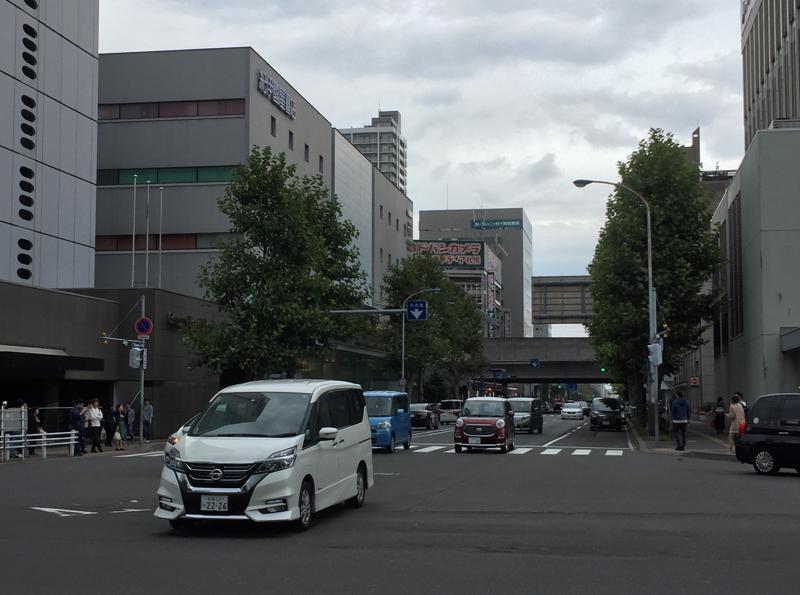
We spent our time at a beautiful botanic gardens operated by Hokkaido University. Our intention was to find the Ainu Museum which exhibits artefacts and local archaeological items. We found the museum and were very impressed with the exhibits. It was threatening rain but we pressed on, hoping our one umbrella would assist.
We paid our fee into a machine under the watchful eye of a lady behind a counter opposite, and walked inside. The gardens were established in 1886 as part of the Old Sapporo Agricultural College, and are now the second oldest botanical gardens in Japan. There are collections of over 4000 plant species, including alpine plants, wild plants from Hokkaido and the oldest lilac in Sapporo.
In the Ainu Museum, we were happy to see that some English translations were written on the signage - not always the case. Knowing that Hokkaido is freezing cold country, with about five months of the year under snow, we were interested to see how the
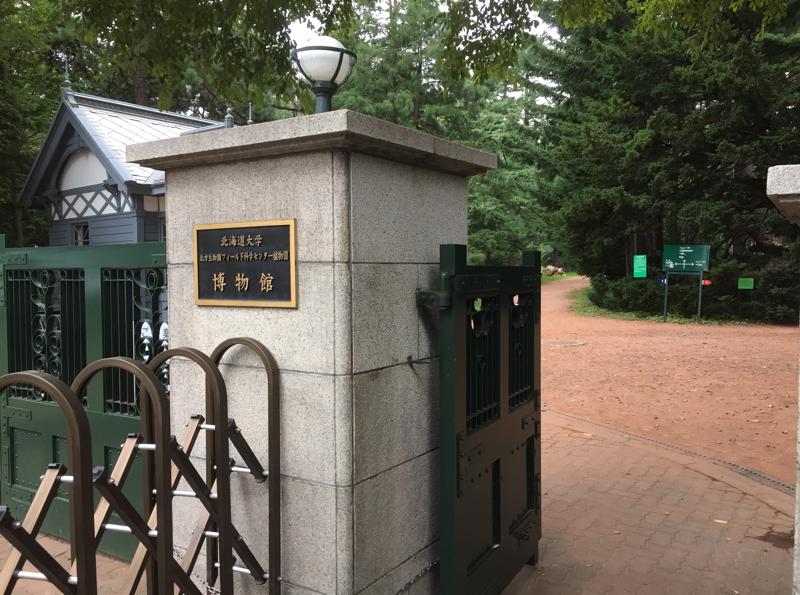

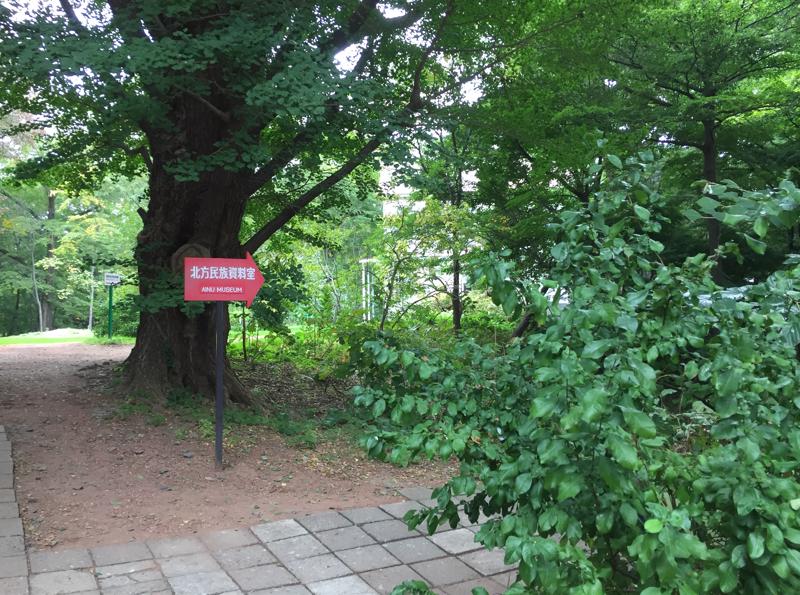
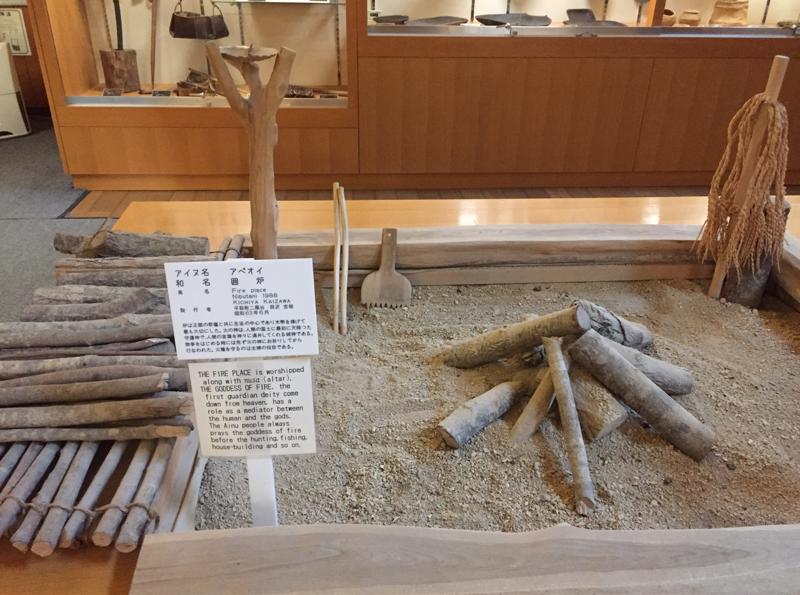
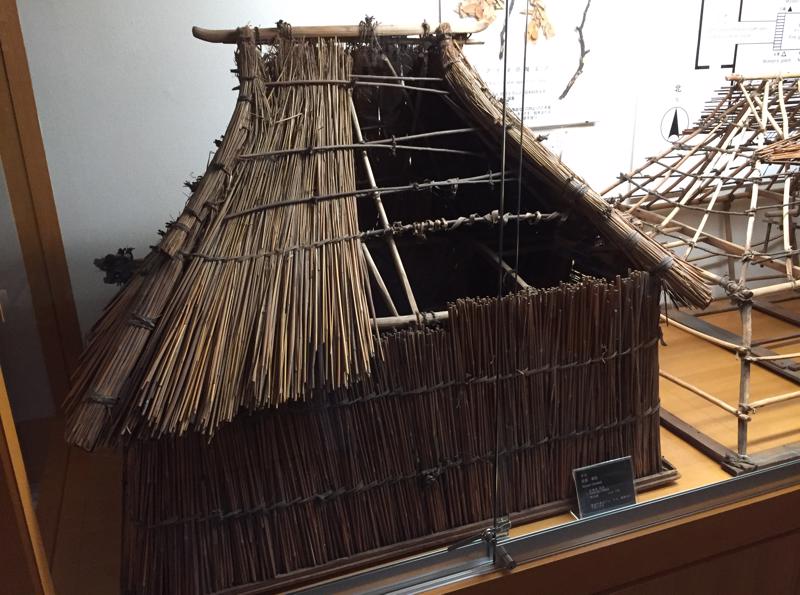
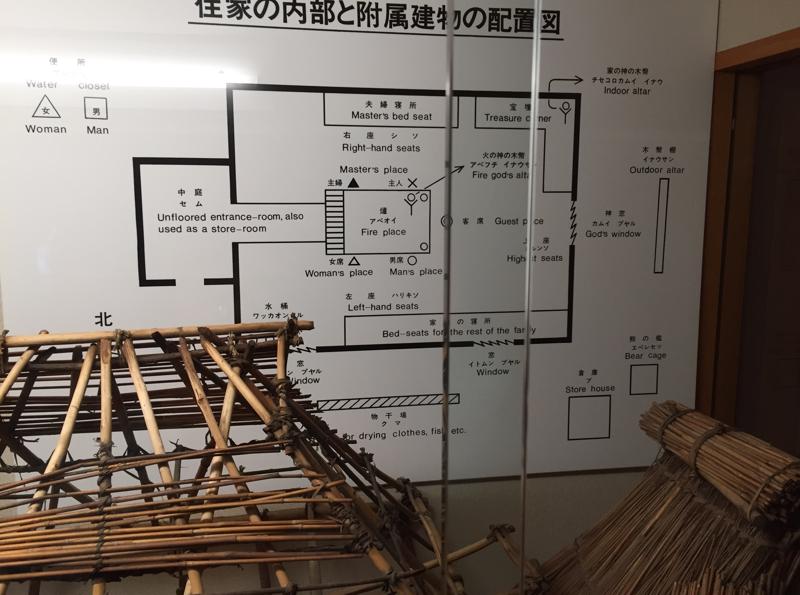
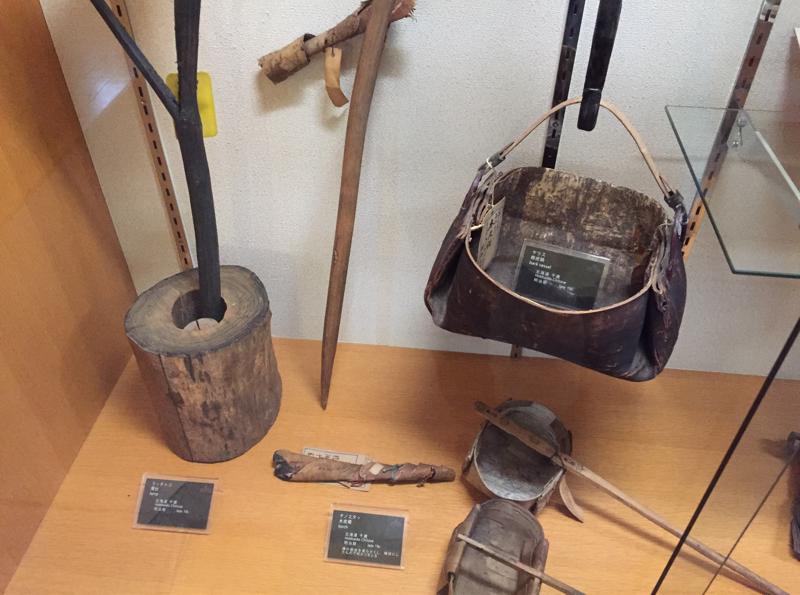

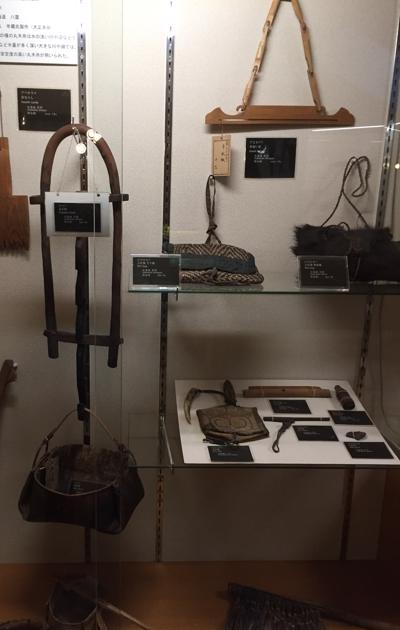
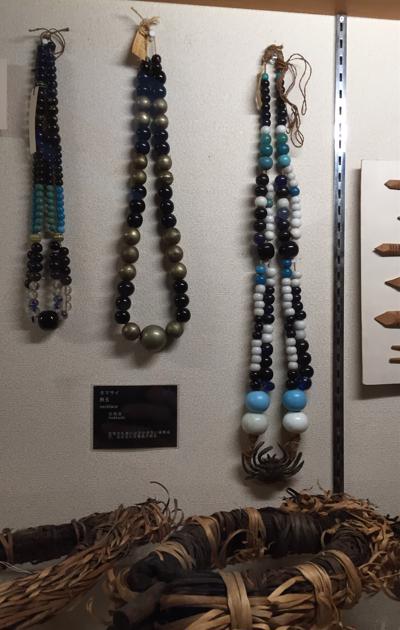
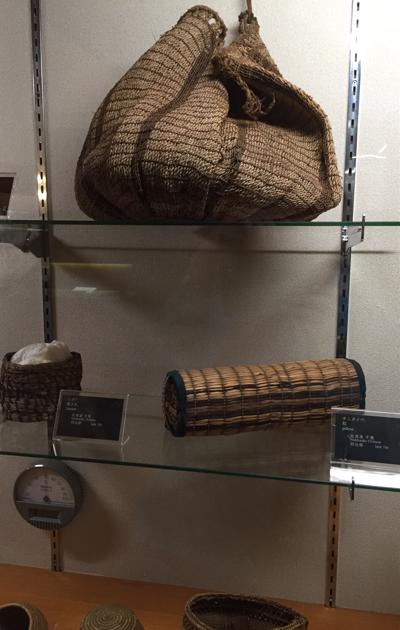
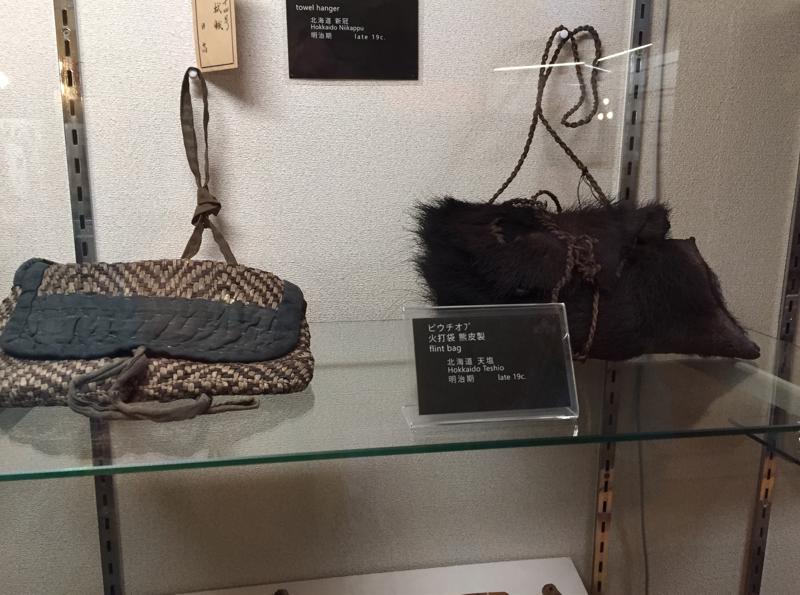
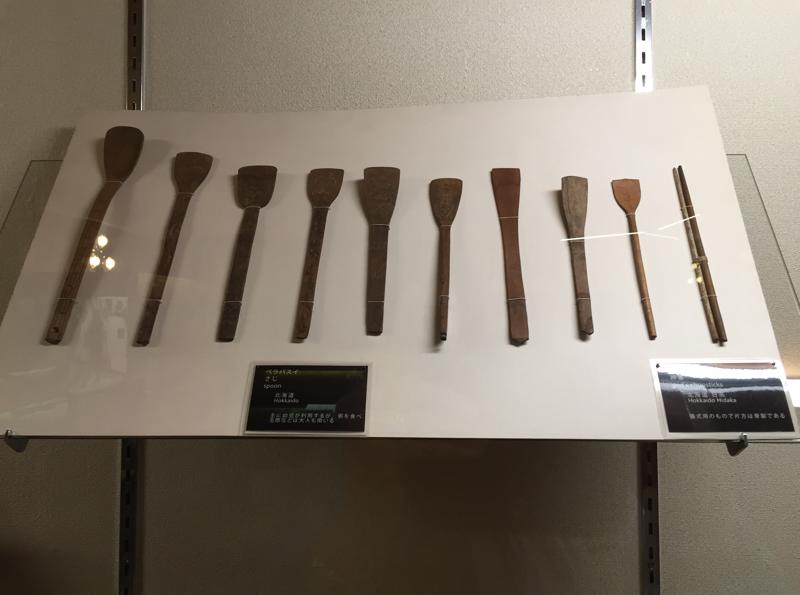
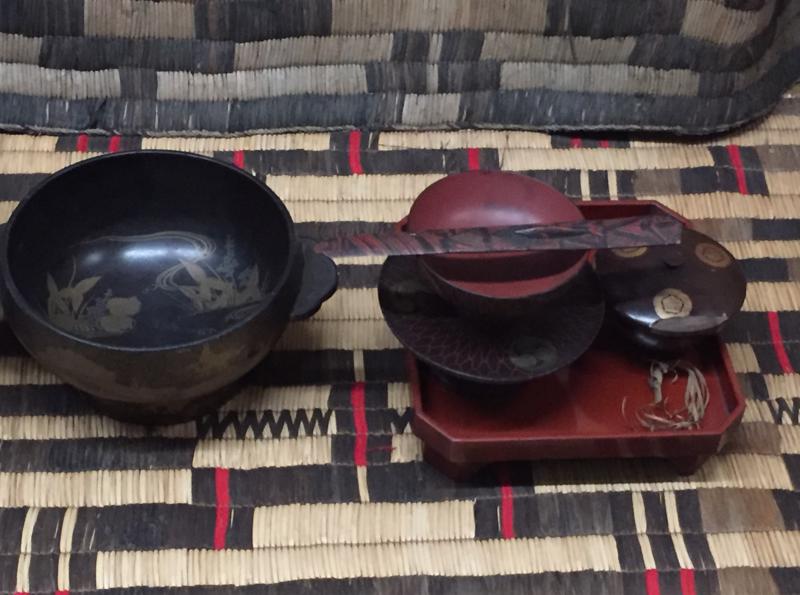
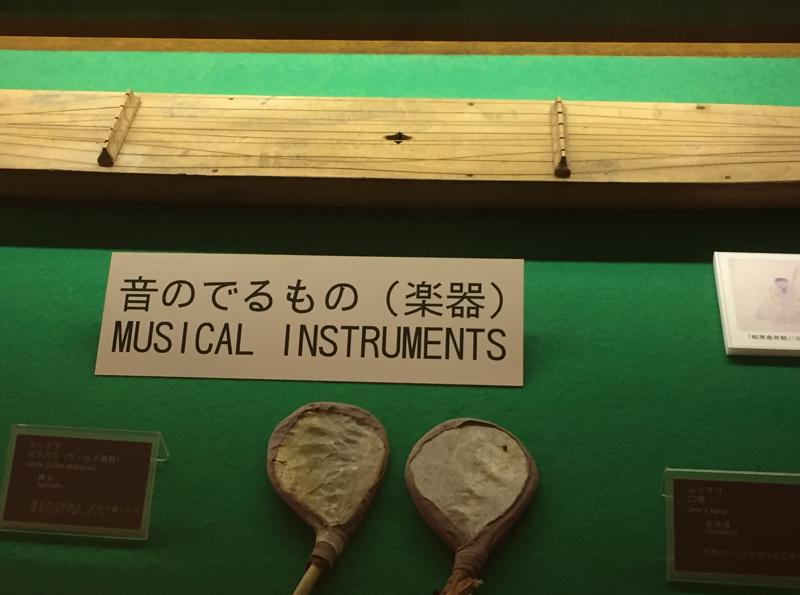
native peoples survived in such cold terrain. There were snow shoes made of cane and raffia. Hoods, boots, coats and floor rugs were made from seal fur and other coats were made from bird skin with feathers attached. They were amazing creations for those olden day times. Lesley wanted to feel the materials - they looked so thick and warm.
There was some video footage of huge black bears being taunted with sticks - some kind of ritual or game it seemed. They were tied with ropes but allowed some slack on the rope. We didn't like this scene - looked as if it was from the early 20th century.
Later we visited another building, the Natural History Museum, built in 1884, which houses stuffed local birds and animals. Some of these creatures looked quite fearsome - the bears, snarling dogs and 'mountain hawk eagles' - and we were happy they were behind glass too.
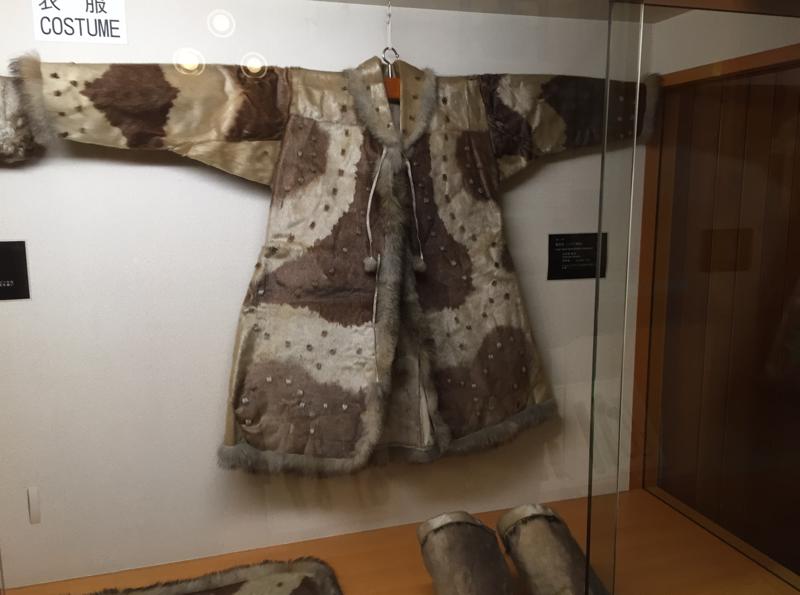
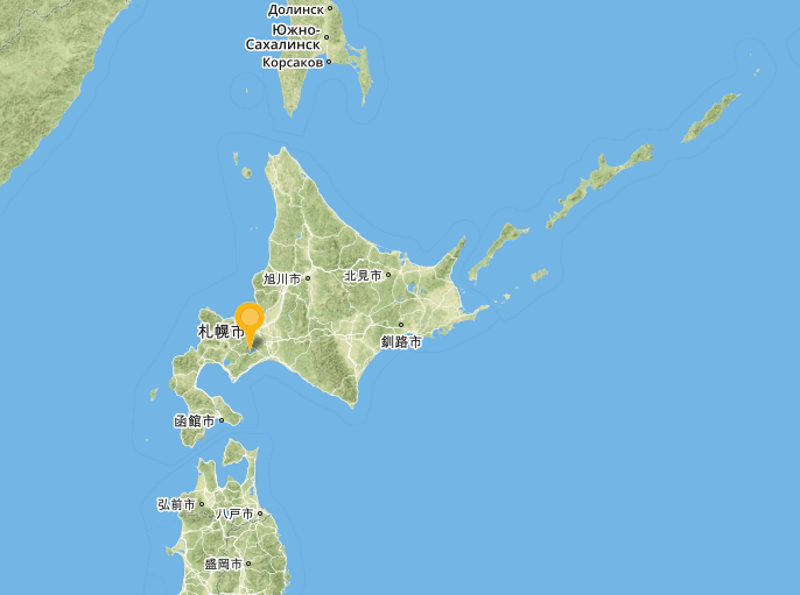
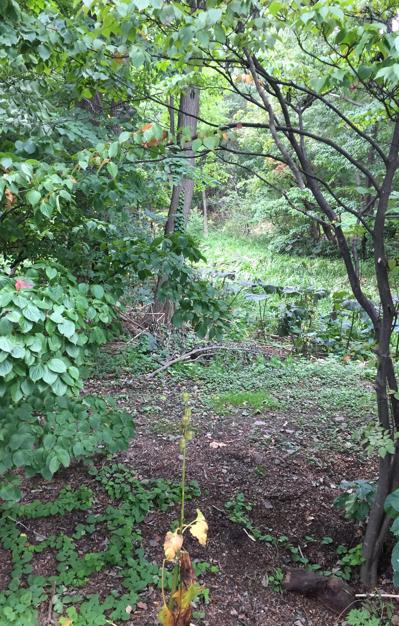

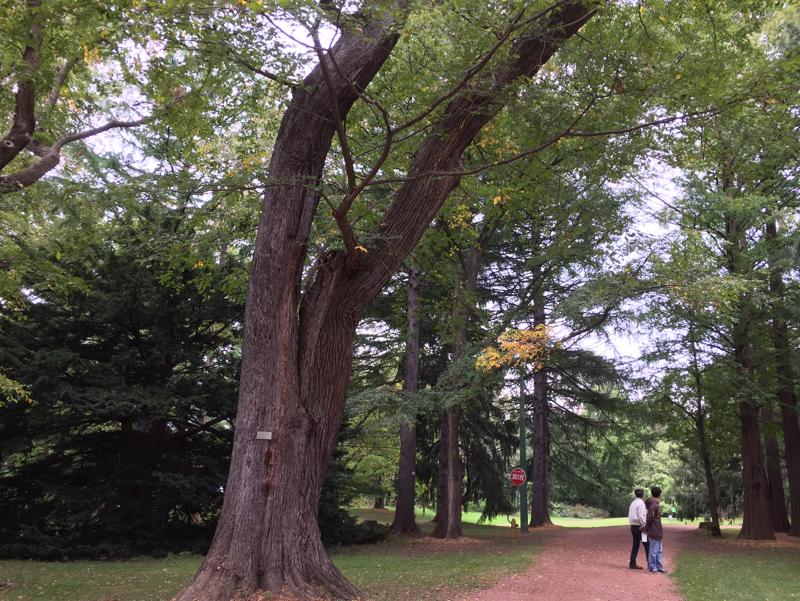
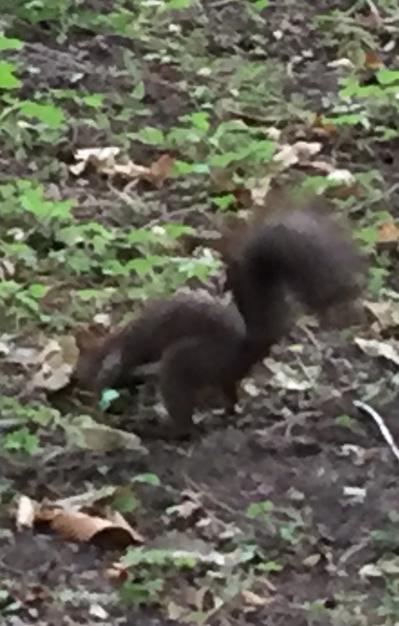
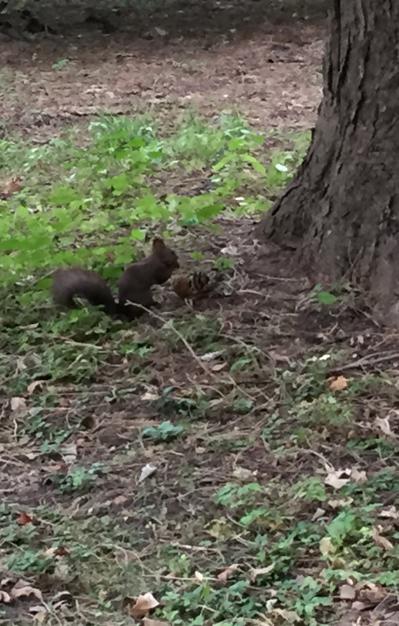

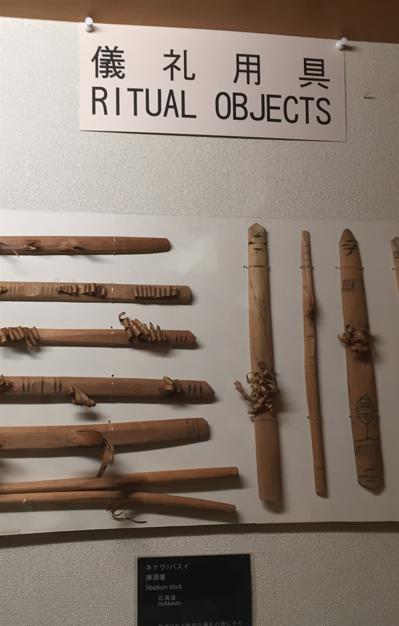
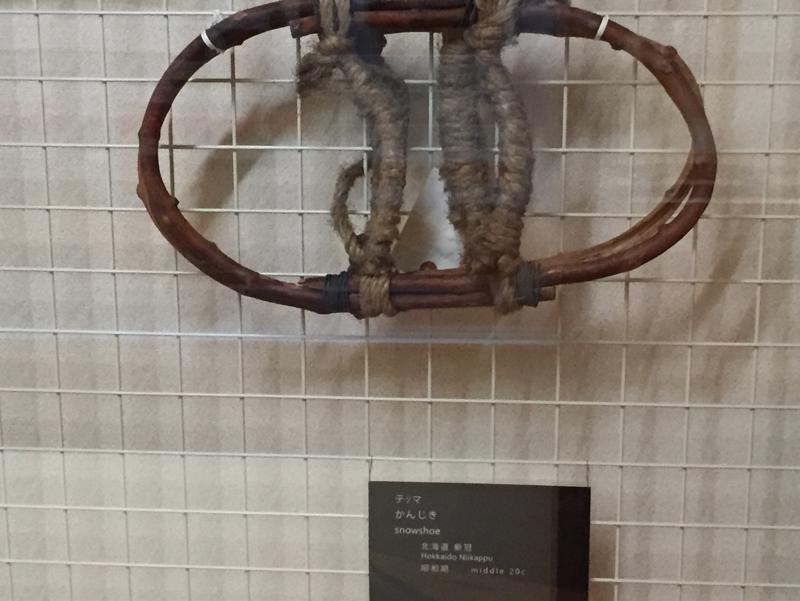
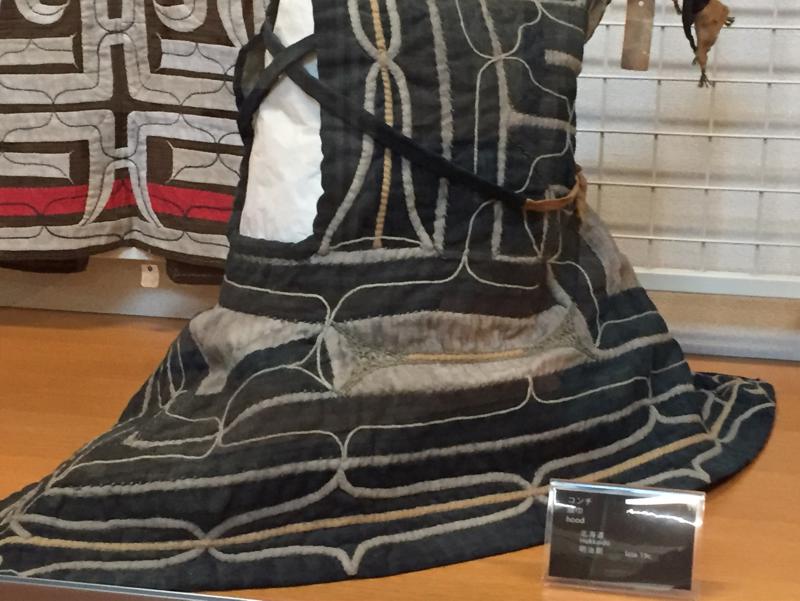
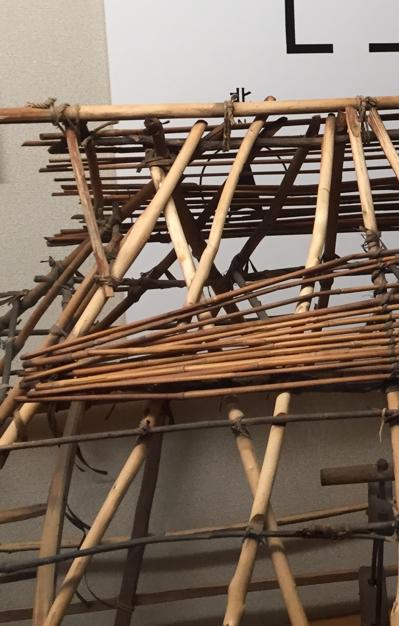
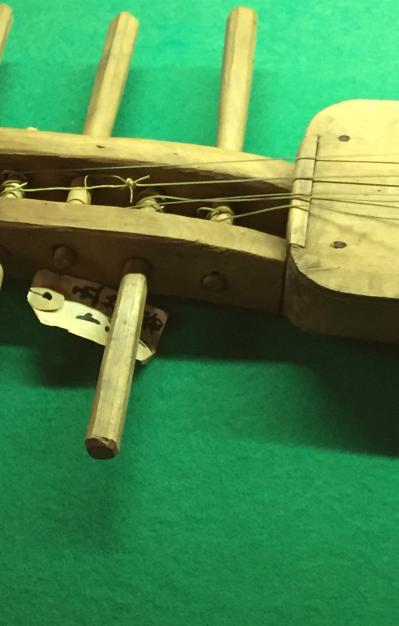
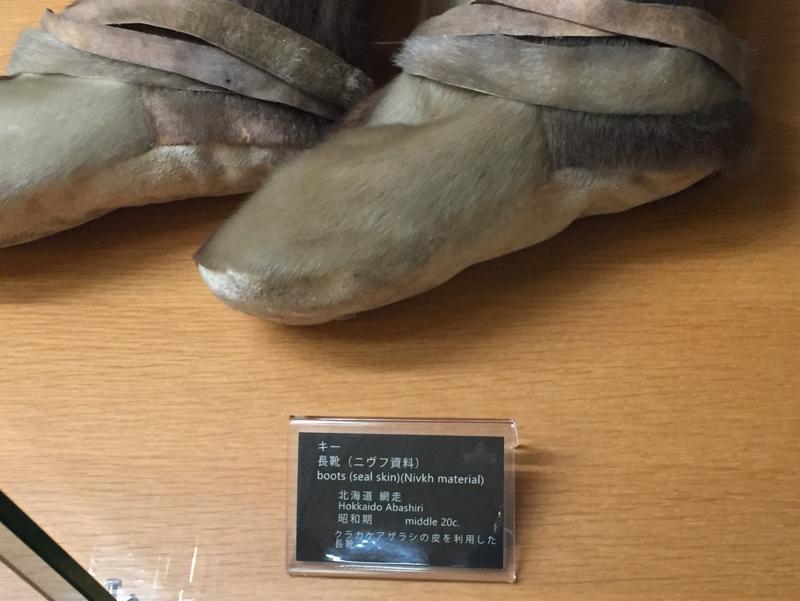
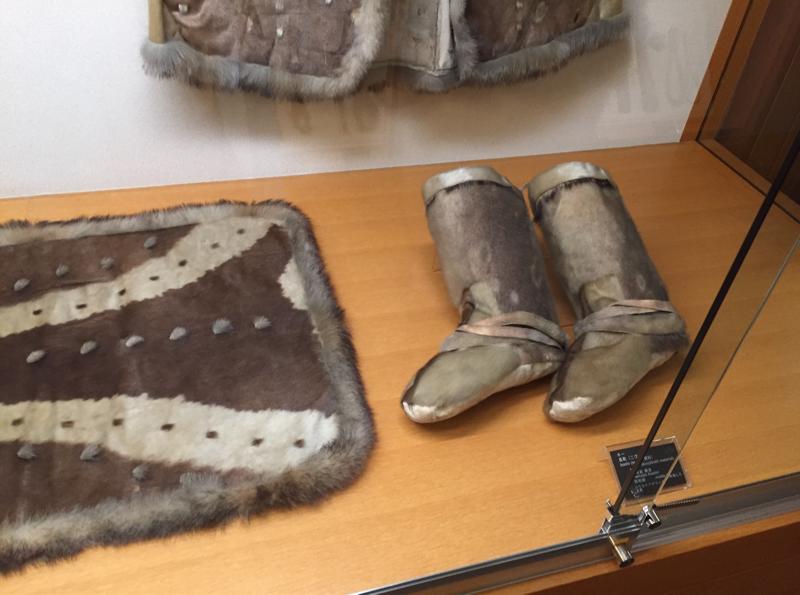
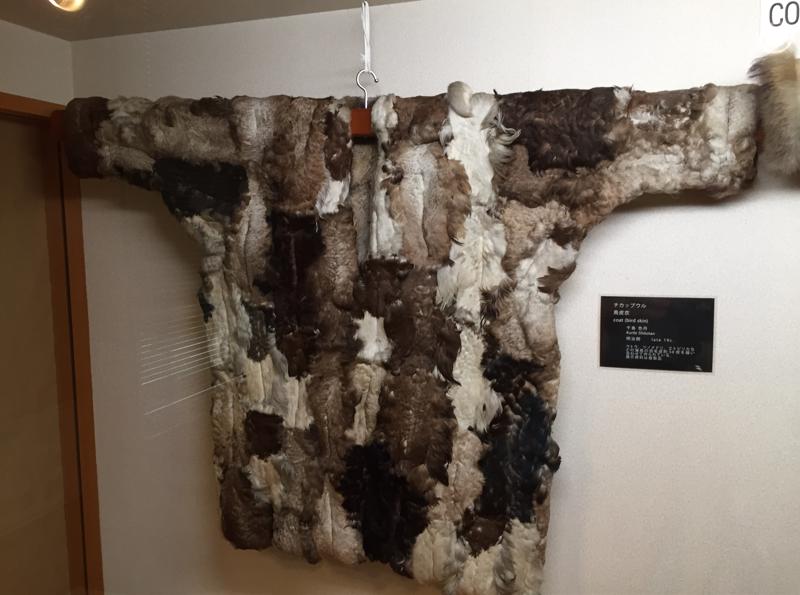
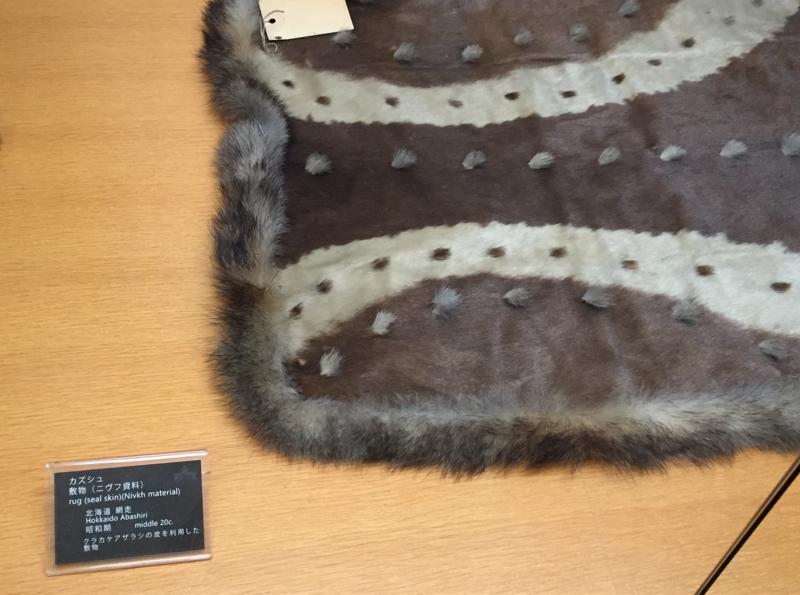

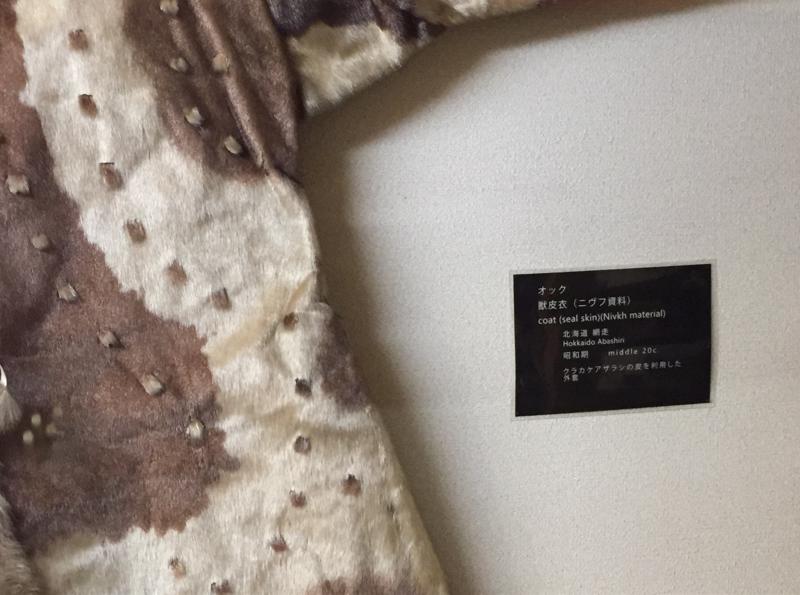
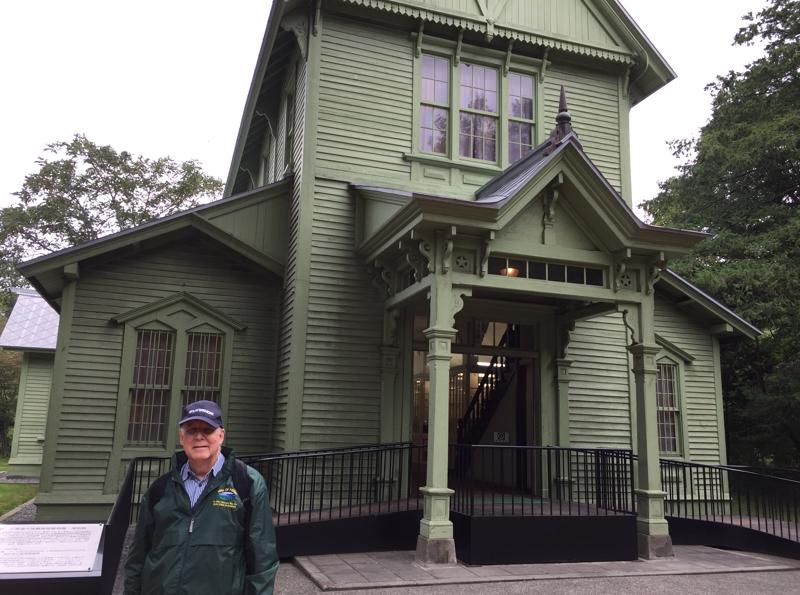

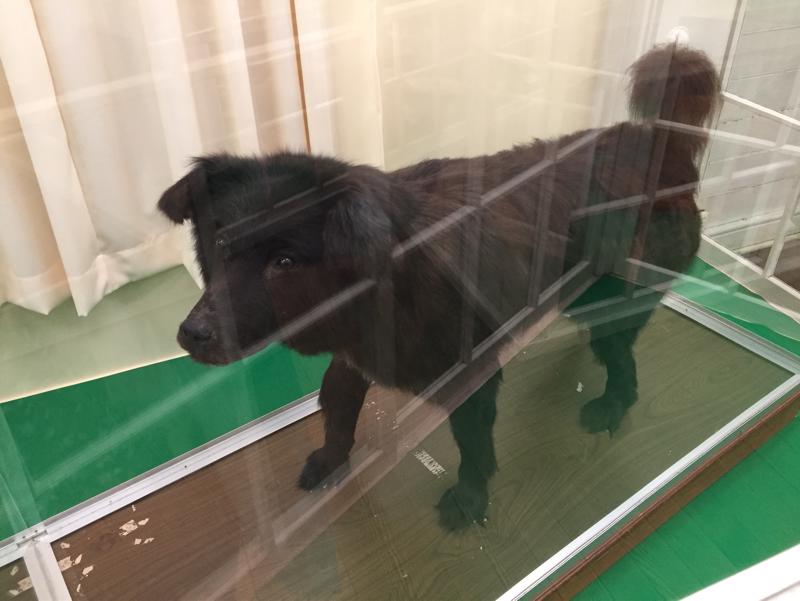
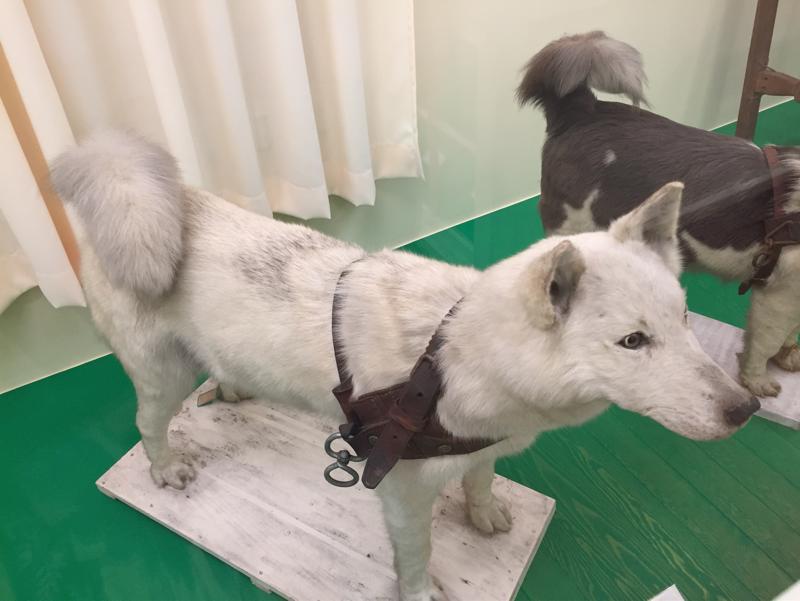
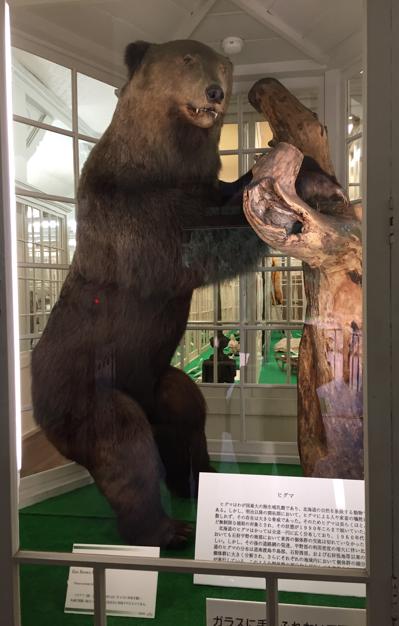
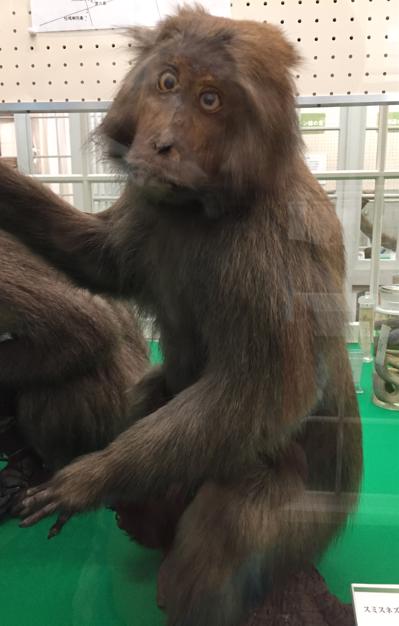
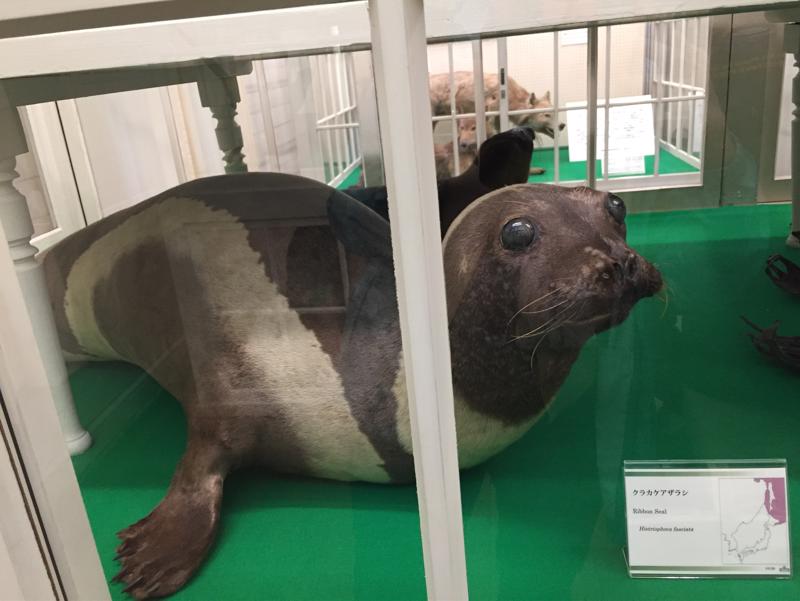
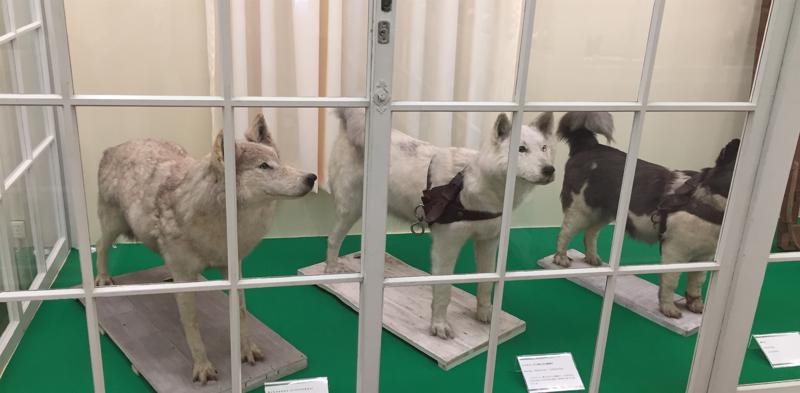

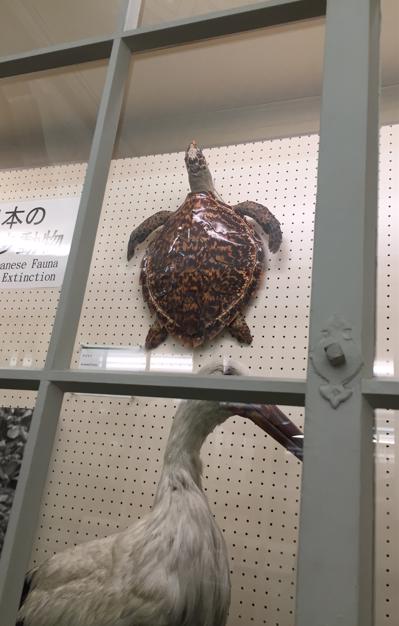
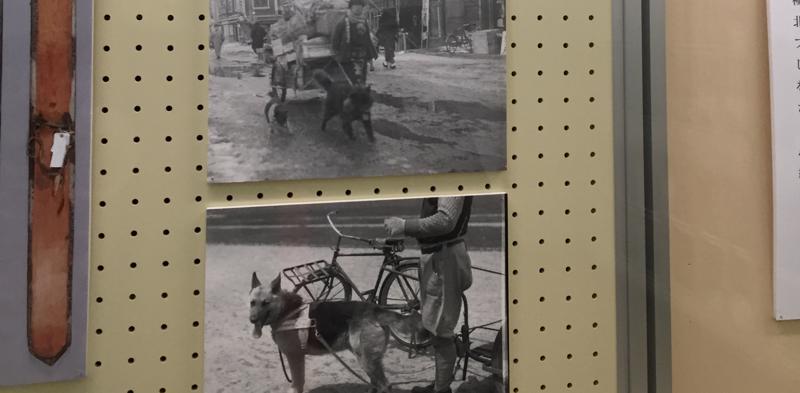
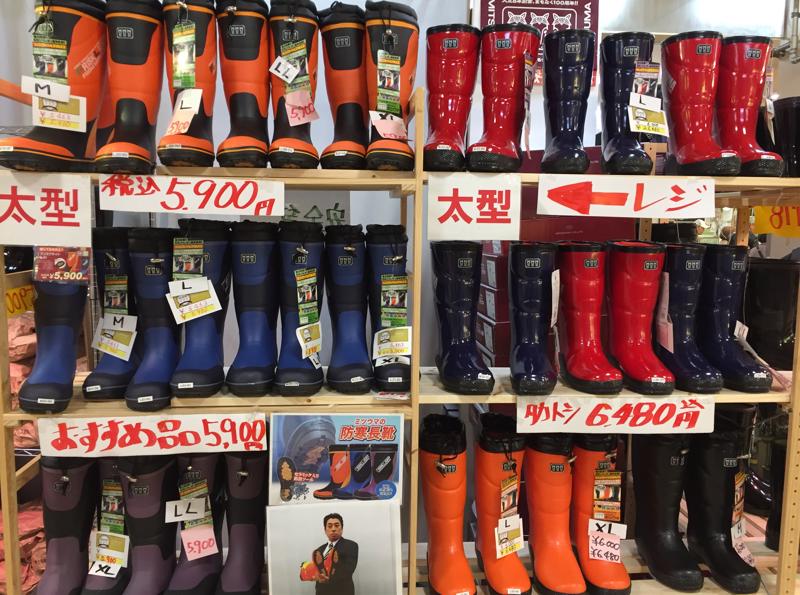
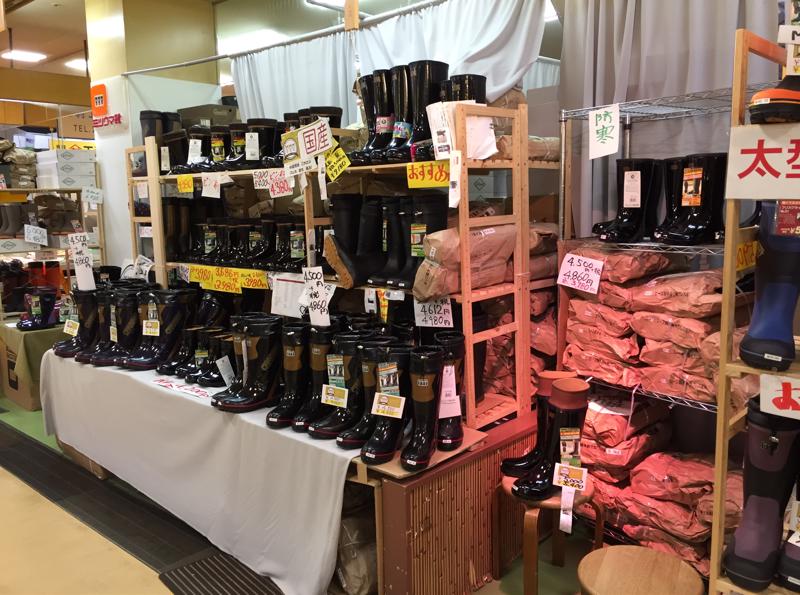
On our way back to the ship, we stopped by some shops and saw many boots - essentials for Hokkaido people.
We could see a gathering of people portside and heard there was to be a presentation of Hokkaido taiko (drumming). We waited around for the show and were glad we did. Young and older participated in this taiko event, but it was mainly a girls troupe. Many school children learn taiko at an early age and it is one of the school sports.A number of very little children had their own set of drumming sticks and were playing around on the side with their mums and dads. Very cute to see.
As we headed into the dining room later, we saw out the window dockside that there were other dancing groups performing for the cruise ship audience. They held up a sign as we set sail: 'Enjoy your trip - Bon Voyage'.
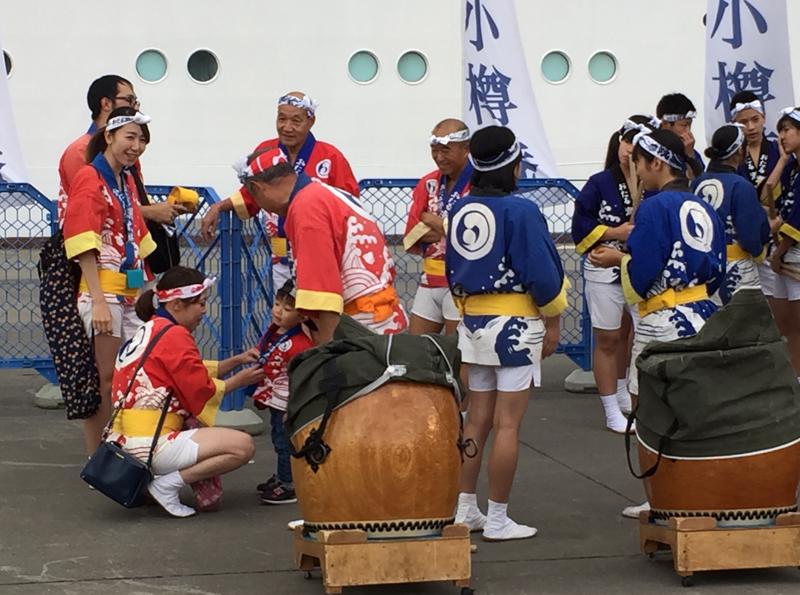
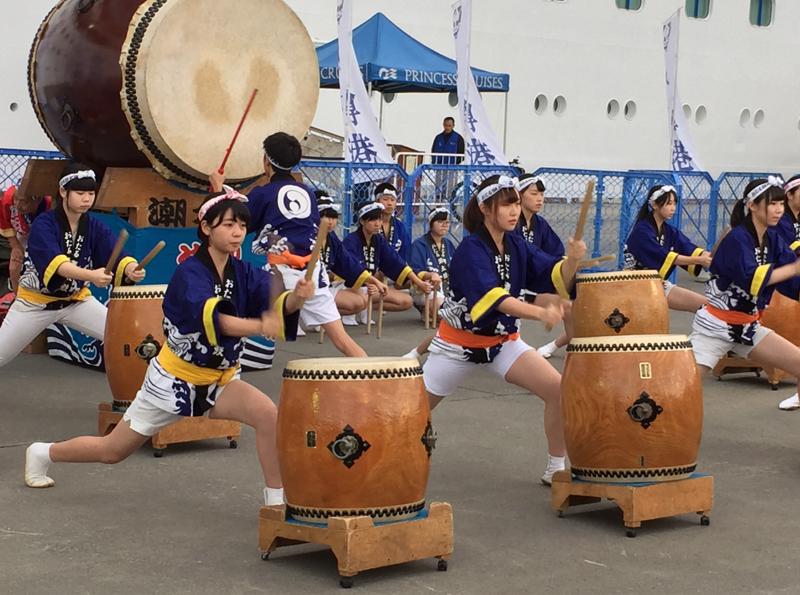

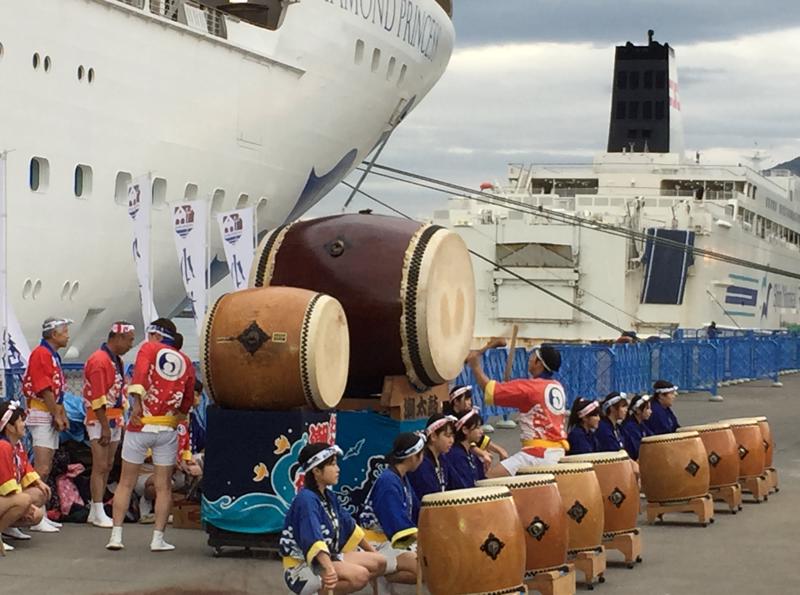

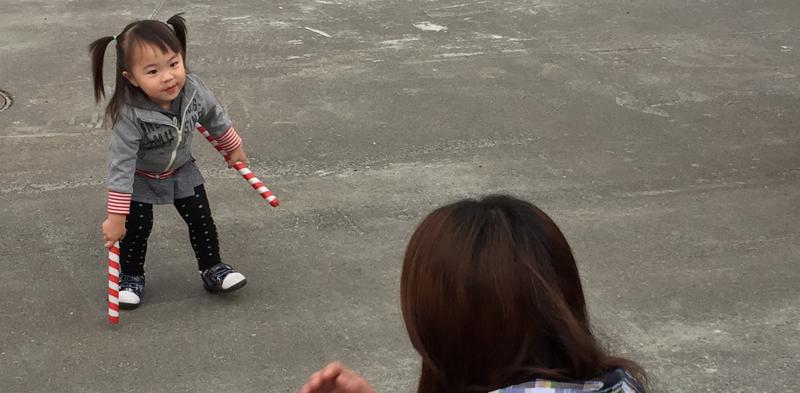
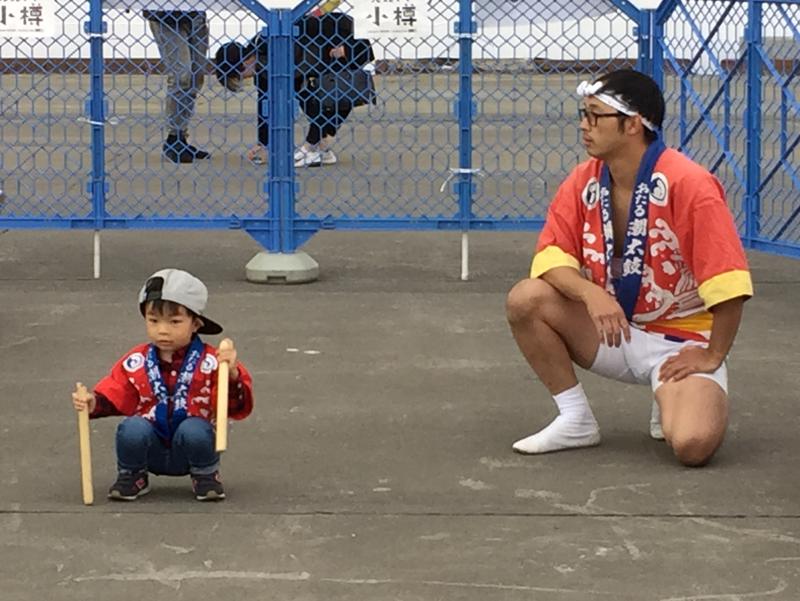
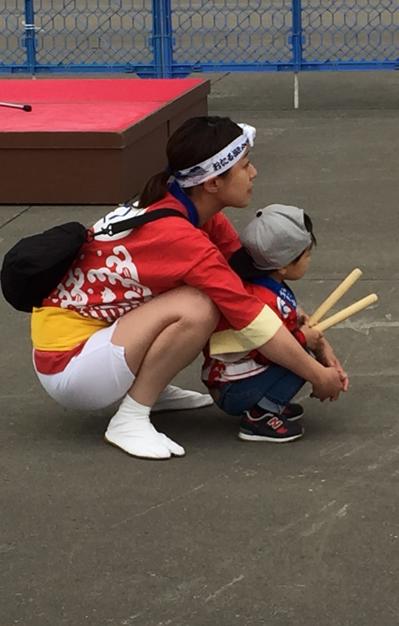
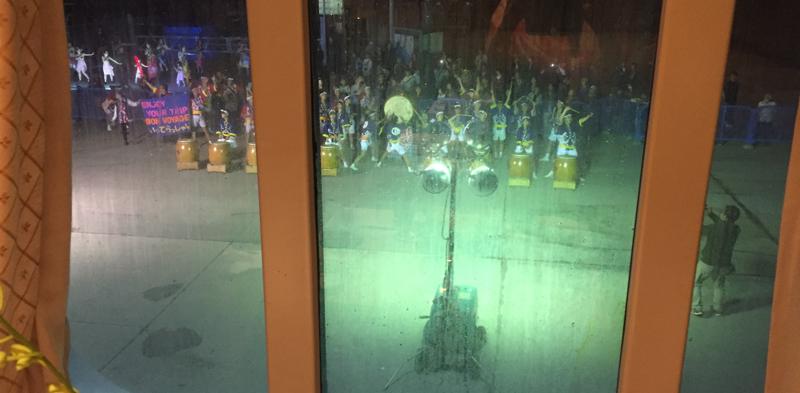
1.
Day Two - Into Tokyo
2.
Day Three - Imperial Palace
3.
Day Four - Meiji Shrine
4.
Day Five - Yoyogi
5.
Day Six - To Hakone
6.
Day Seven - Mt Fuji Sightseeing
7.
Day Eight - En Route to Kyoto
8.
Day Nine - Kyoto Sightseeing
9.
Day Ten - To Nagoya
10.
Day Eleven - Inuyama Sightseeing
11.
From Day 12 - To the Cruise Ship
12.
From Day 18 - From Korea
13.
From Day 23 - To Sakhalin
14.
From Day 25 - To Otaru
15.
From Day 29 - Farewells
Share your travel adventures like this!
Create your own travel blog in one step
Share with friends and family to follow your journey
Easy set up, no technical knowledge needed and unlimited storage!